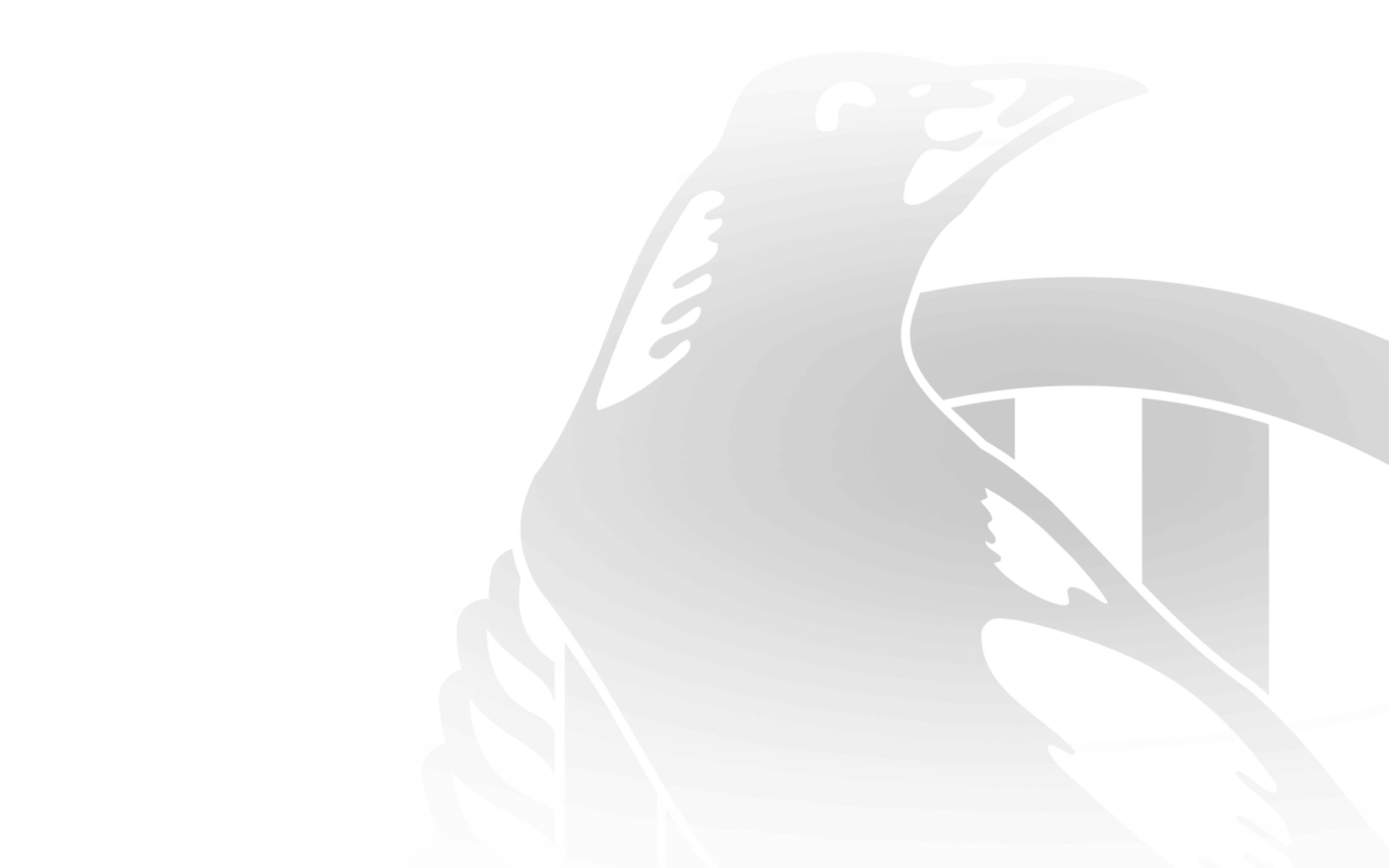News of Collingwood’s visit to Tasmania to take on Hawthorn in its first match of the NAB Challenge next February will be music to the ears of the Magpie hordes based in the Apple Isle.
Though the Magpies have not played a match of any kind since taking on Melbourne in a practice match at North Hobart in 2001, the club has a special connection with the island state.
View Collingwood's 2015 NAB Challenge fixture now.
In fact, it’s a link that dates back to the winter of 1902, when a mid-season trip to Tasmania helped sow the seeds for the club’s first VFL premiership.
Collingwood spent 12 days off the mainland in June, playing two matches against a combination of local teams.
Such was the disparity in talent between the Magpies of the VFL and their Tasmanian counterparts that the Collingwood players began to experiment with a new style of play.
Led by Dick Condon, one of the most colourful characters in the club’s history, the Pies started playing around with the ball, using, as club historian Michael Roberts put it in The Mightiest Magpies, “dinky, short kicks to their teammates, placed just out of reach of their opponents.”
Little did they know, but Condon and his most skilful teammates in Fred Leach, Charlie Pannam Senior and Ted Rowell had revolutionised football.
These “dinky, short kicks” became known as the “stab kick” – a term that has now been a part of the football vernacular for more than a century.
In their first VFL game since the Tasmanian trip against Geelong, the Magpies, suffering sea sickness and rushed in their preparation after making a delayed return to Victoria, employed the short-passing tactics that had worked so well in Tassie.
Logic suggested the Cats would cruise to victory on their home turf at Corio Oval. After all, the Magpies had only arrived with barely a minute to spare.
But their new short-passing game plan caught Geelong by surprise. It was a style of football the Cats had never seen, and as a result they slumped to a 40-point loss.
Encouraged by the result, Collingwood employed their new style of play for the remainder of the season.
In The Mightiest Magpies, Roberts concluded that the Magpies’ system brought “a faster, much more strategic, approach to football,” to the point where they had become one of the first teams to introduce a proper game plan, with one newspaper reporting that the players would “sketch out imaginary moves ‘as if in a game of chess’ in chalk on a blackboard in the Victoria Park change rooms".
Collingwood did not lose another home and away game until the finals, when they suffered a surprise loss to a well-organised Fitzroy in the Semi-Final at the MCG.
Fortunately, the VFL finals system looked kindly upon the Black and White.
As minor premiers, Collingwood could issue a challenge if it lost its Semi-Final or Grand Final. As a result, Fitzroy and Essendon had to meet for the right to face the Magpies in the Grand Final.
Essendon won the Preliminary Final by 11 points, meaning they progressed to the Grand Final, where it lost to Collingwood by 33 points at the MCG.
The win was the first of Magpies’ 15 VFL/AFL premierships.
And to think it had its origins in a mid-season trip to Tasmania…
Famous Tasmanian Magpies
Click on each player’s name to view their profile on forever.collingwoodfc.com.au.
John Greening (1968-1972; 1974-1976)
Games: 107
Goals: 70
A flamboyant, classy ruck-rover and half-forward from Burnie, Greening had great ball-handling skills and possessed the rare balance that enabled him to take a spectacular mark and race away as soon as he hit the ground. He was a favourite for the 1972 Brownlow Medal, only to be felled against St Kilda mid-way through the season. He returned in 1974 to notch his 100th senior game, but retired two years later.
Graham Wright (1988-1998)
Games: 201
Goals: 107
A hard-running wingman who finished one vote behind Tony Liberatore in the 1990 Brownlow Medal, Wright holds a special place in Collingwood folklore as a member of its 14th premiership.
Paul Williams (1991-2000)
Games: 189
Goals: 223
Blistering speed, a hefty right boot and evasive skills to match it with the best made Williams one of Collingwood’s best players of the 1990s. He left the club at the end of 2000 and went on to become an All-Australian with Sydney, with whom he helped take out the 2005 premiership.
Doug Barwick (1988-1991)
Games: 71
Goals: 90
A highly skilled half forward, Barwick was recruited from East Launceston and after starting out at Fitzroy ended his career as a hero of the 1990 premiership. His two goals against the Dons took his tally to 36 for the season.
James Manson (1985-1992)
Games: 120
Goals: 106
A product of North Hobart, Manson was a versatile big man who was an excellent contested mark. He endeared himself to Collingwood supporters with an unconventional and occasionally unreliable kicking action, and went down in Magpie history as a key member of the 1990 premiership.
Craig Davis (1979-1983)
Games: 102
Goals: 251
Originally recruited from Launceston, Davis topped Collingwood’s goal kicking with 87 goals in 1979 and with 52 goals in 1980. Short for a full forward, Davis made up for it with extreme courage and superb marking.
Information for this article was sourced from:
Roberts, Michael with McFarlane, Glenn. 2011. The Mightiest Magpies – The Story of Every Collingwood Premiership Season, Michael Joseph, and imprint of Penguin Books, Melbourne, Australia.
Collingwood Forever, accessed 28 October 2014 <forever.collingwoodfc.com.au>
The Tasmanian connection
Though the Magpies have not played a match of any kind in Tasmania since 2001, the club has a special connection with the island state.


